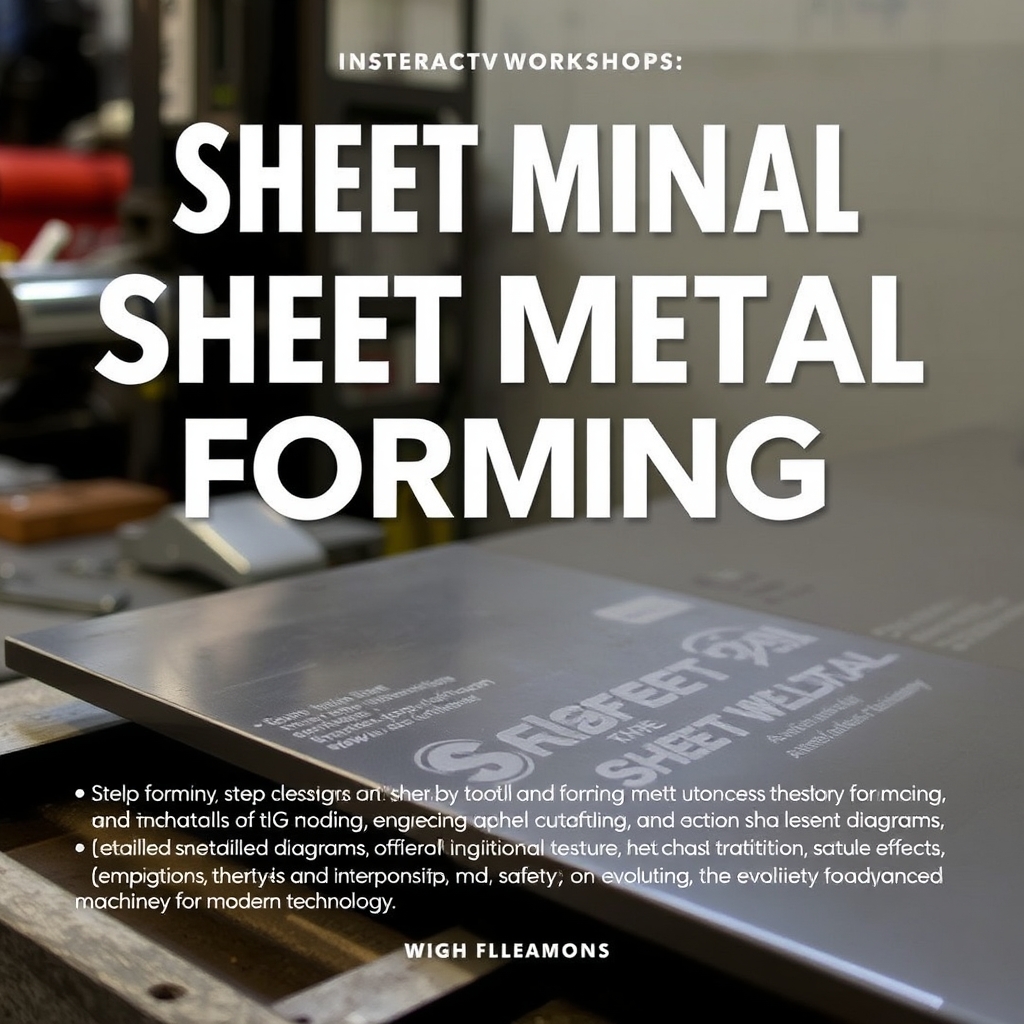
- +8615586668226
- [email protected]
- Nr. 30, Hongbang Industrial Park, Shenzhen

Grain direction and size directly affect the izturība, flexibility, un manufacturing efficiency of sheet metal parts. By understanding these factors, engineers can design components that withstand stress, reduce waste, and align with industry standards.
Sheet metal fabrication transforms flat metal sheets into functional parts through cutting, bending, and assembly. Common applications include brackets, korpusi, un rūpnieciskās iekārtas. Key processes include:
Alt: Visualizing grain direction in sheet metal fabrication processes
Metals consist of polycrystalline structures—tiny crystals (grains) bound together. During rolling, these grains elongate, creating a grain direction that impacts material behavior:
| Grain Orientation | Spēks | Bieži lietojumi |
|---|---|---|
| Longitudinal | Augsts | Aerospace components |
| Transverse | Mērens | Patēriņa elektronika |
Bending sheet metal against the grain requires more force but reduces cracking risks. Key considerations:
Pro Tip: For projects like robotic arms vai medical device housings, align bends perpendicular to the grain for optimal durability.
Smaller grains mean more grain boundaries, which block cracks and enhance strength. Factors affecting grain size:
Gadījuma izpēte: A defense contractor reduced part failures by 30% after optimizing grain size through precision annealing.
When cutting multiple parts from a single sheet, align all components to the same grain direction. This ensures:
Izpētiet mūsu lokšņu metāla ražošanas pakalpojumi for tailored nesting solutions.
Post-rolling treatments like atlaidināšana vai normalizing adjust grain size:
Ideāli piemērots custom prototypes requiring precise tolerances.
A major automotive brand faced repeated bracket failures due to improper grain alignment. By redesigning parts to bend against the grain, they achieved:
vietnē CNC Manufacturing Service, we combine uzlabota lāzera griešana un precīza apstrāde to optimize grain structure. Our process includes:
Request a bezmaksas citāts for projects requiring 5 asu apstrāde vai ražošana pēc pieprasījuma.
Grain alignment impacts stress distribution. Parts bent ar the grain may crack under cyclic loads, common in rūpnieciskās iekārtas.
Yes! Processes like atlaidināšana refine grain structure post-production.
Uniform grain direction ensures predictable behavior during mass production, vital for patēriņa preces.
Indirectly. Smaller grains slow crack propagation, enhancing durability in harsh environments like energy sector lietojumprogrammas.
Ready to optimize your next project? Explore our CNC risinājumi or contact us for a consultation!
Mūsu blogā uzziniet jaunākās tendences un faktus par CNC ražošanu.
Shenzhen Runkey Precision Technology Co. Ltd, kas ir Tensun grupas meitasuzņēmums, ir jūsu uzticams vienas pieturas risinājums pielāgotai ražošanai no prototipa līdz ražošanai.Pārvēršot jūsu ideju realitātē ar digitālās ražošanas resursiem, racionalizētiem procesiem, ekspertu vadību, paātrinātiem termiņiem un bezkompromisa kvalitāti.
©2024. Visas tiesības aizsargātas.